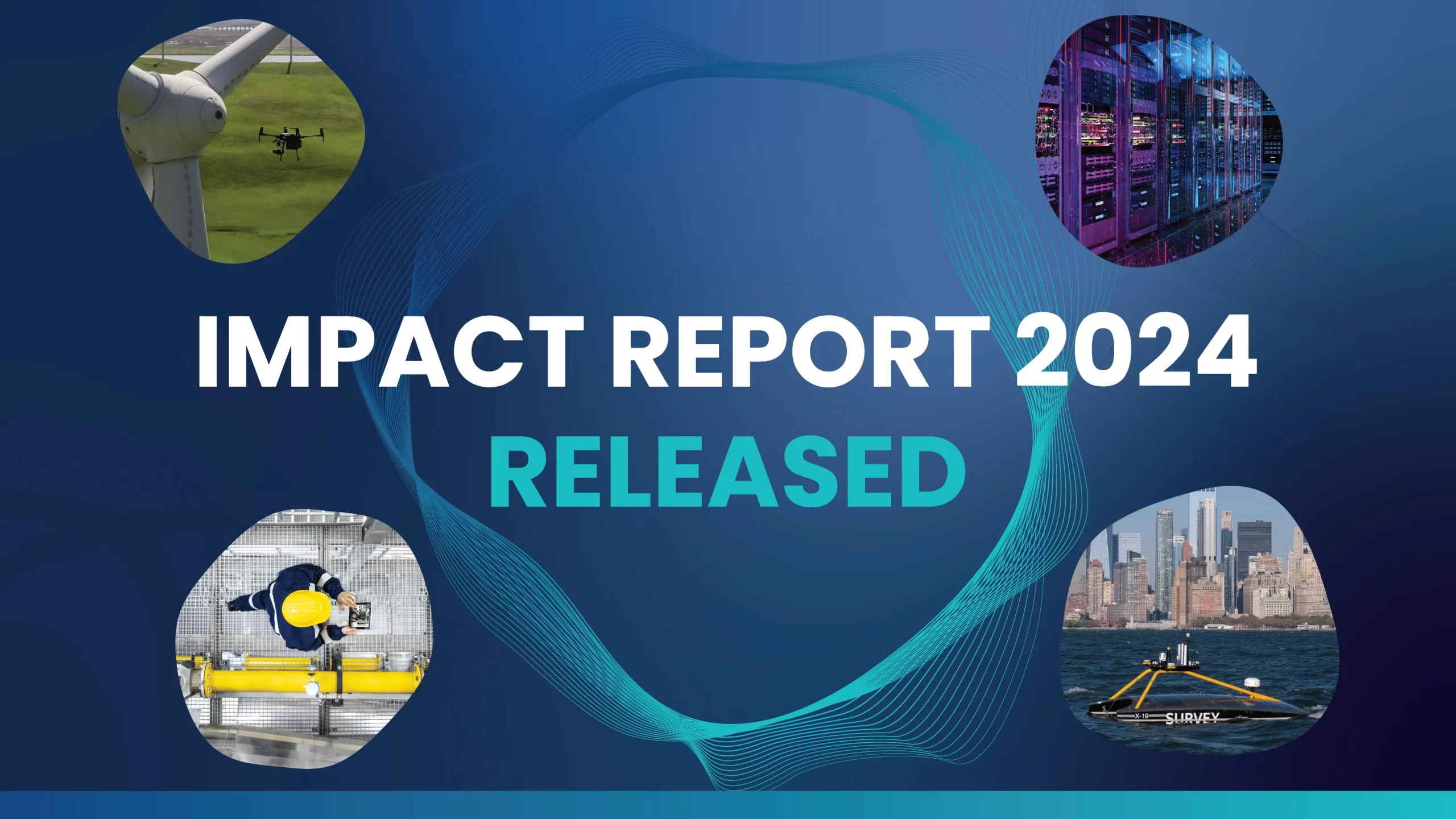


OGCI Climate Investment (OGCI CI), a specialist decarbonization investor, today announced that its 23 Catalyst Fund I portfolio companies have realized a GHG impact of 30 million tons of CO2 equivalent (MtCO2e)of GHG emissions between 2019-2021, the equivalent to 500 million tree seedlings growing for 10 years.
On an annual basis, OGCI CI’s portfolio delivered GHG impact of 15.8 MtCO2e in 2021, the equivalent to eliminating the emissions from about 3.4 million cars for one year. This portfolio impact has more than doubled since the firm’s measurement began in 2019.
Both the cumulative and annual GHG impact demonstrate the strong potential and early progress of OGCI CI’s catalytic investments.
In the absence of established methodologies for estimating GHG impact from early-stage investments, OGCI CI has worked with over 100 partners in Project FRAME to develop such a methodology. OGCI CI has adopted this methodology and operationalized it with its portfolio companies over three years. The OGCI CI’s methodology and the inaugural Impact Report have been independently reviewed by an expert sustainability consultant.
“We realized early that to achieve our GHG impact goals, we needed objective metrics, which could be used to guide our investment decisions. We are now able to report on our portfolio impact outcomes with transparency and consistency,” said Dr. Pratima Rangarajan, CEO of OGCI Climate Investment. “GHG impact reporting is still nascent, but critically important to delivering on the world’s climate goals.”
OGCI Climate Investment targets both near- and long-term GHG emissions reduction. It focuses on identifying high-impact investments and looking for opportunities where it can accelerate action on GHG emissions at scale.
In addition to reporting on the historically delivered (realized) GHG impact, OGCI CI also forecasts the risk-adjusted future GHG impact of its investment portfolio. This exercise illustrates the growth potential in its portfolio impact, and, in the Impact Report 2021, shows that the firm anticipates strong growth in GHG impact from its Catalyst Fund I investments through to 2030.
In addition to transparency on its own portfolio reporting, OGCI CI is committed to continue to collaborate with other investors to develop common taxonomy and impact methodologies through project FRAME and other channels.
OGCI Climate Investment was formed by the Oil & Gas Climate Initiative, established by 12 oil & gas majors that account for around 30% of global operated production. OGCI aims to lead the industry’s response to climate change through action and independently managed investments.
Climate Investment is a $1bn+ decarbonization investor. We seek to accelerate GHG reduction at scale by working closely with OGCI members, governments, customers and co-investors to maximize the global implementation of low-carbon solutions and impact. We provide capital across the business lifecycle from the catalytic phase of technology and commercial validation through to scaling our investments’ sector and geographic coverage. We have invested in 27 technologies and projects since 2017.
Among our investment activities, we manage our Catalyst Fund I, and we are an investor in China Climate Investment. Both funds invest in solutions to decarbonize under-served GHG-intensive sectors within energy, industry, built environments/buildings and transportation. Climate Investment targets solutions that deliver near-term GHG impact in three areas: reducing methane, reducing carbon dioxide emissions and recycling or storing carbon dioxide.
